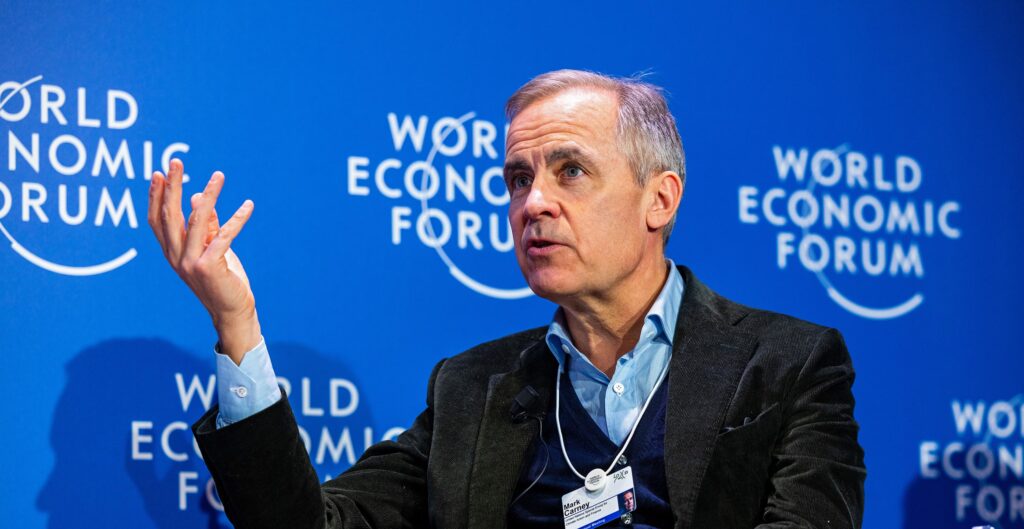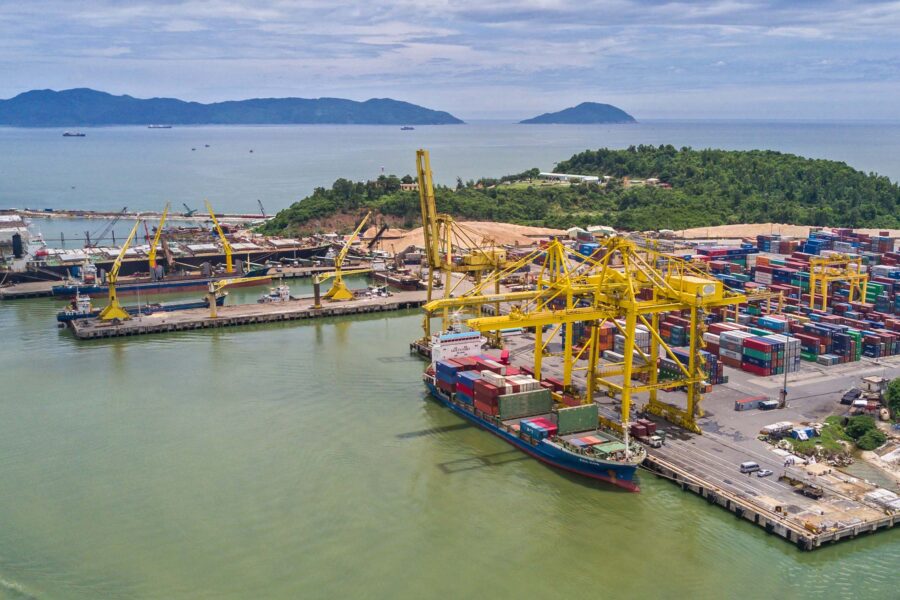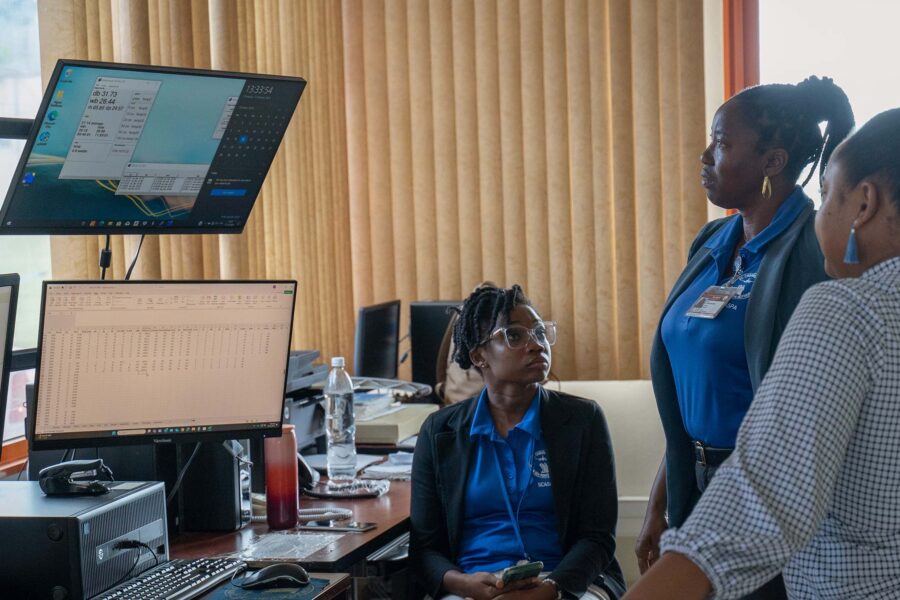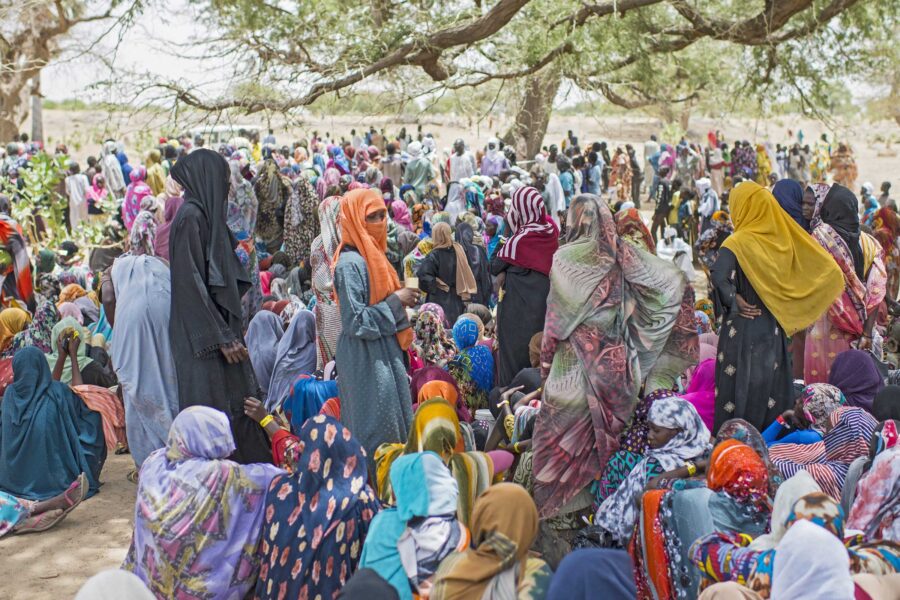Wrestling with hypernumbers
The promise of trillion-dollar sustainable finance initiatives rests on a triple fallacy: that we can make sense of them, that they are a measure of money that is available to finance or support climate-related causes, and that someone has structured and organized control over these amounts. It’s time to accept their extremely limited utility and move on
Climate — Global

At COP26, Mark Carney launched the Glasgow Financial Alliance for Net Zero (GFANZ), pledging USD 130 trillion to decarbonization and mitigation. Par for the course for observers of the private-sector response to the climate crisis. Financial institutions’ commitments to climate change and sustainability have been a hallmark of the last two decades, and their sponsors often manifest their scale through the total financial assets overseen or managed by these institutions. Other examples include the Principles for Responsible Investment, with its USD 121 trillion of committed assets under management, or the Net-Zero Banking Alliance with its stated USD 70 trillion of assets.
Mobilizing big figures for huge challenges: this sounds promising and necessary. After all, large amounts of capital need to flow to address climate change and shift the make-up of entire economic sectors such as energy, food, and agriculture, or human behaviors such as land use, and to redress exacerbated inequalities in the face of the climate crisis. Unfortunately, these mind-boggling figures are sometimes misguided, often misleading, and too consistently create a false sense of comfort.
In 2013, philosopher Tim Morton coined the term “hyperobjects” to describe phenomena such as climate change that exceed human apprehension but whose manifestations are constantly apparent, and that challenge any assumption of human control. One way to think about the oversized asset figures of finance initiatives is that they are “hypernumbers,” on par with hyperobjects, and an ultimately failed effort to try and affirm human mastery over sustainability challenges.
Indeed, the ongoing rise of global greenhouse gas emissions calls time on their significance. They must have served a purpose, but we should now best ignore them, or give them a much narrower place in our understanding and imagination.
Less than the sum of its parts
To be sure, there is a role for data to measure change in the financial sector. But it is the attempt at aggregation that means nothing and is counterproductive. These hypernumbers are sums of apples and oranges, and every other food item in the pantry, with very different potential impacts on climate mitigation or adaptation.
It does not help that most of these initiatives are voluntary, and that commitments are made about a diffuse and hypothetical long term, leaving ample time to forget the commitments and move on to other pressing issues.
For one, not all financial assets can effectively support the critical transition to a sustainable, climate-friendly future. Some, like money-market investments, are largely irrelevant. Some follow investment strategies with no or weak links to sustainability and climate. Many financial institutions are conflicted, pursuing climate-friendly strategies with one part of their assets, while supporting oil and gas expansion elsewhere. Each trade has two sides: a buyer and a seller. Sell an oil rig and someone will usually snatch it if both sides can agree on a price. Different types of assets also mean different forms of control and influence over the strategic orientations of companies – but even when they have influence, such as through proxy votes, investors are reluctant to utilize them.
Equally importantly, no single entity exerts hierarchical control over where money flows. For all the shared regulation and incentives, decisions are made in decentralized ways by distinct individuals in distinct institutions and in distinct countries. There are attempts at coordinated efforts, and voluntary initiatives such as GFANZ are one of them. There should be more, and much more specific, coordination efforts – for example, from investors leveraging their influence on the demand side of energy (utilities) to shift fossil-fuel consumption. It is worth noting that opponents of climate action have identified this as a point of leverage and are trying to stymie these efforts by invoking antitrust or competition law, particularly in the US.
Lastly, often, these hypernumbers provide the illusion of being a suitable response to hyperobjects. But many of the necessary responses to the climate crisis are political, cultural, and behavioral, with changes required of a different and hardly measurable magnitude.
Reality check
So, if we look past the hypernumbers, what meaningful change could one look out for to assess the behavior and response of the financial sector?
Real capital flows obviously matter and are a core indicator. The Climate Policy Initiative’s 2023 Global Landscape of Climate Finance estimates them at USD 1.3 trillion – continued progress, but only still a fraction of needs. Tellingly, only about a fifth of this amount came from institutional finance, the rest being public, corporate, and household sources. And most of this capital is still geared toward developed economies. There is, therefore, still a long way to go for institutional finance to make a meaningful investment impact into climate. Hypernumbers tend to obfuscate this picture.
While deeper, generational, and foundational cultural work is ongoing, it is also useful to consider the enabling environment for climate finance, including in policy.
Real change can come from transformative industrial policy, such as the US Inflation Reduction Act, or the EU’s commitment to spend 30% of its budget on climate-related projects (typically investments or subsidies).
Real change can come from reforming international institutions, those such as the World Bank and International Monetary Fund with the mandate and capacity to channel financial resources to where they are most needed, including the Global South. Barbados Prime Minister Mia Mottley’s Bridgetown Initiative calls for a transformative agenda to enable institutional reform and the creation of new financial instruments.
Lastly, our economic system’s failure to respond to and address global issues such as the climate crisis suggests the need to take a hard look at the frameworks that define the obligations of institutional investors, such as fiduciary duty. Since 2006 and the Freshfields Report, advocates have made tremendous efforts to demonstrate that fiduciary duty is compatible with the consideration of environmental, social, and governance (ESG) issues in investment decision-making. That is all good and fine, but today demonstrably insufficient. What else, we might ask, should articulate the obligations of investors and their beneficiaries to society? Some investors, inspired by Preventable Surprises and spurred by the actions of The Shareholder Commons or The Investment Integration Project, are beginning to adopt a more systemic understanding of how their existence depends on systemic issues like climate change. Much more needs to happen.
What place for hypernumbers then? That of an internal success indicator of voluntary initiatives, but beyond this too often a distraction from taking on real challenges. They are a reminder that there is no simple, global, technocratic solution to wicked problems, only the patient work, sweat, and tears of the dedicated few at the forefront of a societal movement – within, but crucially beyond, finance. None of this is easy work, but all of it is necessary.





